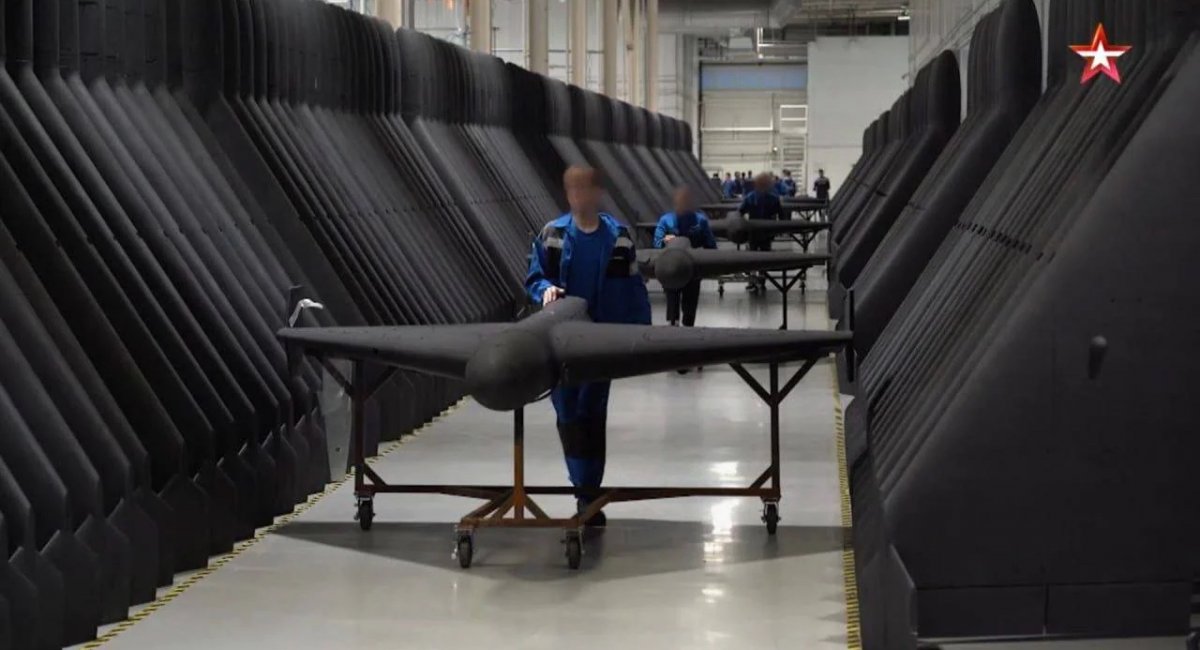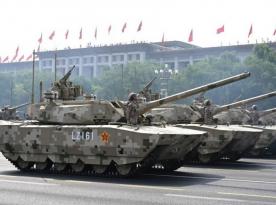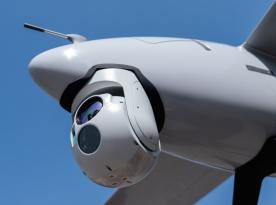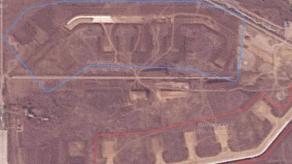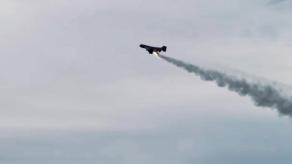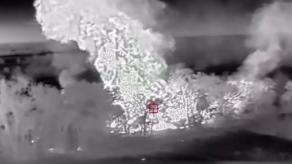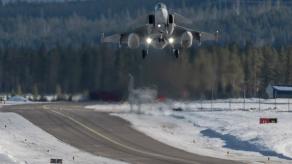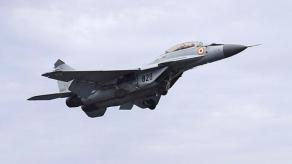According to the Defense Intelligence of Ukraine, russia is preparing for a large-scale escalation in drone warfare by planning the production of up to 40,000 Shahed/Geran-2 strike UAVs in 2025. In addition to these loitering munitions, 24,000 decoy drones (the Gerbera models) are also slated for manufacture, suggesting an intensified reliance on both saturation attacks and electronic warfare deception tactics.
The goal, reportedly shared by the intelligence sources with LB.ua, is to reach a monthly production capacity of 6,000 drones. This ambition underscores the Kremlin's strategy of overwhelming Ukrainian defenses with quantity rather than quality, and leveraging drone swarms to exhaust air defense systems, inflict psychological pressure, and conduct cost-effective strikes deep into Ukrainian territory.
Read more: russia Arms GROM Kaskad Brigade on the Front Line with Shahed Strike Drones
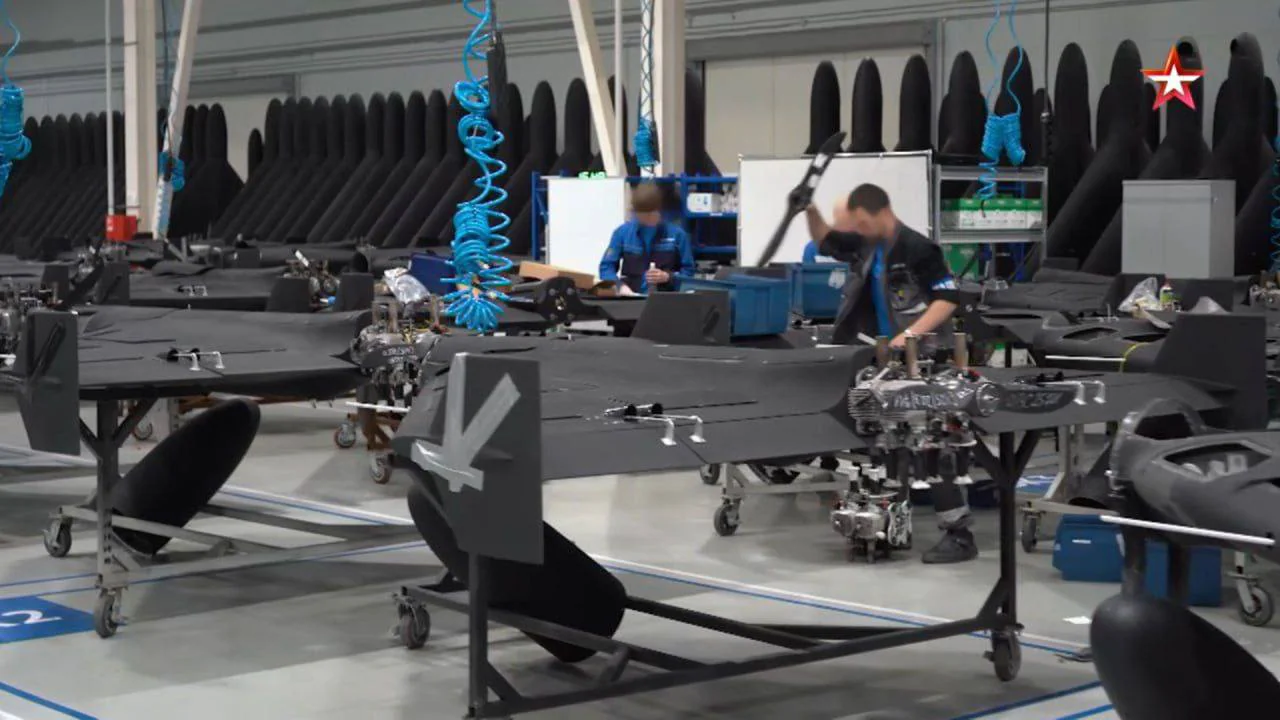
However, aviation expert Valeriy Romanenko casts doubt on russia's immediate capability to mass-produce drones at this scale. He characterizes current production as "small-batch or experimental", pointing out that significant infrastructure work is still underway at the Alabuga Special Economic Zone, where many of these UAVs are assembled. New workshops and even dormitories are being constructed to support expanded operations.
A critical factor in russia's ramp-up is its dependence on foreign labor, particularly from North Korea, Valeriy Romanenko alleges. He suggests that Pyongyang may provide coerced labor for assembly lines, a claim that, if confirmed, would expose a disturbing intersection of arms production and human rights violations. Valeriy Romanenko also highlights russian workers' reluctance to handle toxic materials like epoxy resins used in drone manufacturing.
The Shahed/Geran-2 platform, originally Iranian in design, has become a cornerstone of russia's long-range attack capabilities, especially in strikes against Ukraine's critical infrastructure. Their low cost, long range, and swarm tactics have forced Ukraine to adapt rapidly with new air defense tactics and mobile interception units.
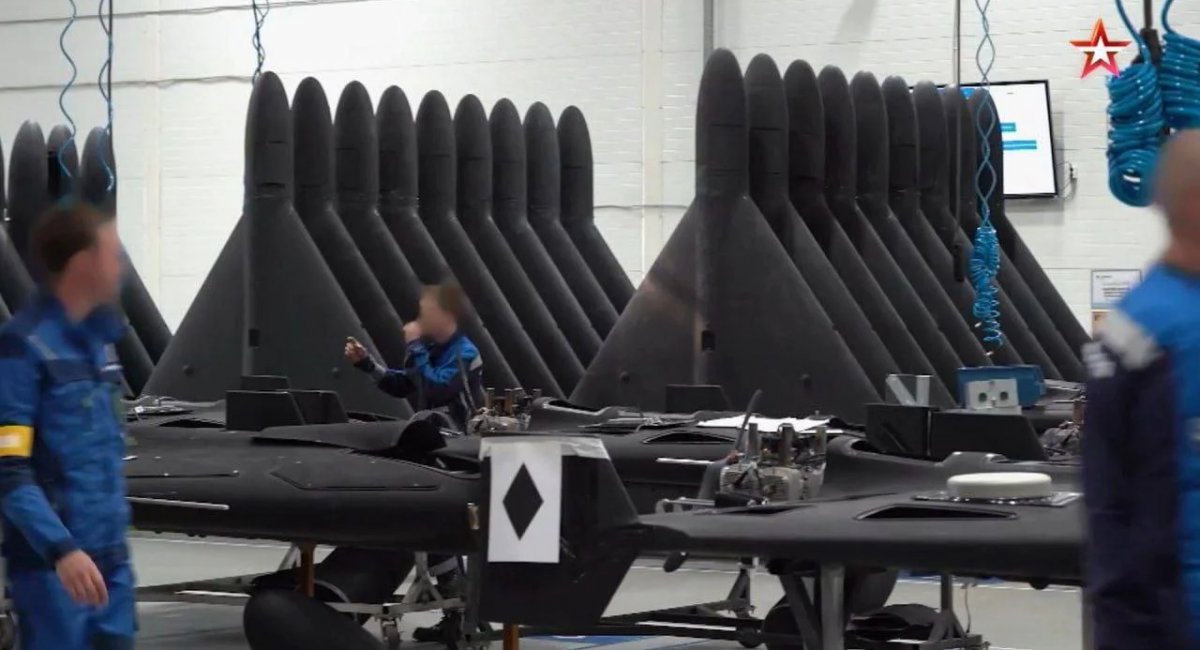
Meanwhile, the mention of 24,000 decoy drones points to evolving russian electronic warfare tactics, possibly aimed at overloading radar systems, baiting interceptor missiles, or masking actual strike platforms. These developments hint at a future battlefield where automation, deception, and drone-on-drone combat will become increasingly dominant.
While the scale of russia's drone production remains speculative in the short term, the intent is unmistakably clear: drones are becoming a central pillar of russian offensive doctrine. Ukraine and its partners must prepare accordingly, not just with more interceptors, but with adaptive tactics, hardened infrastructure, and a counter-drone industrial base of their own.
Read more: russians Show Mass Production of Shahed Drones, Involve Students in Assembly




